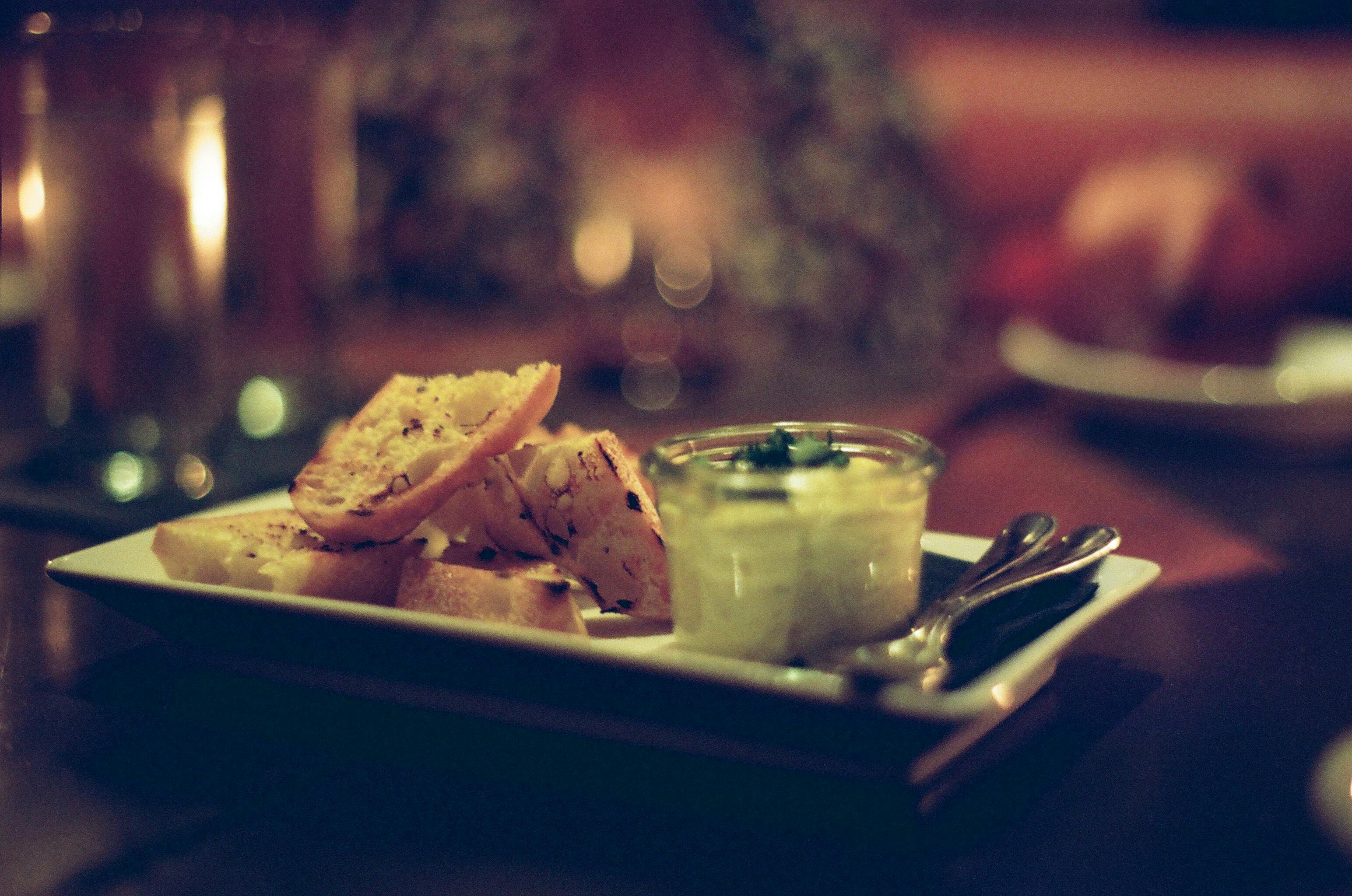Diving into the Delightful Depths of Spanish Tapas
Spanish cuisine is rich in culture, flavors, and history, and tapas are its most famous and beloved tradition. These small, flavorful dishes have become a symbol of Spanish gastronomy and lifestyle. However, they are much more than just a culinary delight - they represent a unique way of eating, socializing, and enjoying life.

Spanish tapas are not just about the food itself, but the whole experience surrounding it. Eating tapas is an exciting culinary adventure that invites you to embrace the Spanish way of life. This article will take you on a journey through the diverse world of tapas, exploring their history, variety, and the role they play in Spanish culture.
A Brief History of Tapas
The tradition of tapas has its roots in Spanish history, dating back to the Middle Ages. The word “tapa” itself comes from the Spanish verb “tapar,” which means “to cover.” Originally, a small slice of bread or meat was served along with a drink, primarily to cover the glass and protect it from flies. Over time, these small snacks evolved into more elaborate dishes, turning into a distinctive feature of Spanish gastronomy.
The Art of Tapas
The beauty of tapas lies in their diversity. From simple slices of Spanish ham or cheese to more complex dishes like patatas bravas, albondigas (meatballs), or gambas al ajillo (garlic shrimp), there’s a tapa for every taste. The key is in the perfect balance of flavors and the quality of ingredients. Tapas aim to tease the palate, stimulate the appetite, and encourage conversation.
The Social Aspect of Tapas
Tapas are not just about eating; they are also about socializing. In Spain, going for tapas is a common social activity. Friends and family gather around the table, sharing dishes, stories, and laughter. This social aspect is a fundamental part of the tapas experience and reflects the Spanish love for good food and good company.
Tapas and Wine: A Perfect Pairing
Wine is an essential element in the tapas experience. Each tapa has a perfect wine match that enhances its flavors. From the crisp, refreshing whites of Rías Baixas to the full-bodied reds of Rioja, Spanish wines are as diverse as tapas themselves.
Tapas Innovations
While traditional tapas continue to be enjoyed, chefs are also pushing boundaries and creating innovative versions of these classic dishes. Fusion tapas, where Spanish classics meet flavors from around the world, are gaining popularity, offering a modern twist on tradition.
- The tapa tradition began as a practical solution to keep flies out of wine glasses
- Spain’s bars and restaurants often serve a complimentary tapa with each drink
- Tapas can be as simple as a slice of cheese or as complex as a miniature gourmet dish
- Tapas are usually enjoyed with wine, with each region in Spain having its own special pairings
- Fusion tapas combine traditional Spanish flavors with international influences
In conclusion, tapas are an integral part of Spanish culture, reflecting the country’s passion for good food, good wine, and good company. Whether you prefer the traditional or the innovative, tapas offer a unique culinary experience that goes beyond the food itself. They invite you to slow down, enjoy every bite, and share the moment with others. So next time you have the chance, don’t just eat tapas - live the tapas experience!




